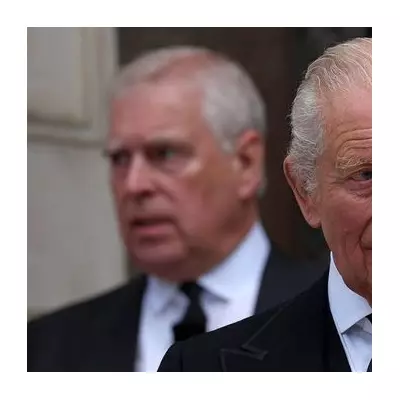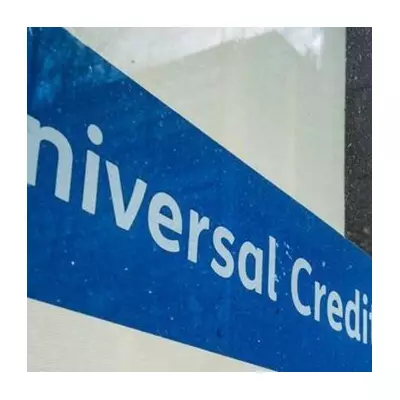
British households are navigating a perfect storm of fiscal pressures as a series of frozen tax thresholds and policy changes combine to create what experts are calling a 'stealth tax' epidemic. While the government hasn't announced dramatic tax rate hikes, the subtle interplay of inflation and static thresholds means millions will pay significantly more over the coming years.
The Silent Squeeze: How Frozen Thresholds Cost You More
The core issue lies in 'fiscal drag' - where tax bands and allowances remain frozen while wages and prices continue to rise. This silent mechanism pulls more people into higher tax brackets without the political drama of announced increases. The Resolution Foundation estimates this approach could raise £52 billion for the Treasury by 2028.
The Dozen Financial Hits Coming Your Way
- Income Tax Personal Allowance - Frozen at £12,570 until 2026, pulling more low earners into the tax net
- Higher Rate Threshold - Stuck at £50,270, dragging middle earners into 40% tax
- National Insurance Thresholds - Following the same freeze pattern as income tax
- Inheritance Tax Nil-Rate Band - Frozen at £325,000 since 2009, catching more estates
- Pension Lifetime Allowance - Despite recent changes, previous freezes continue to affect savers
- Council Tax Increases - Local authorities pushing through maximum allowable rises
- Business Rates - Frozen thresholds affecting small businesses and commercial tenants
- Capital Gains Tax Allowance - Dramatically reduced, hitting investors and second homeowners
- Dividend Tax Allowance - Halved then halved again, affecting small investors
- Vehicle Excise Duty - Increases for older, more polluting vehicles
- Insurance Premium Tax - Embedded in policies and quietly increasing costs
- Alcohol and Tobacco Duties - Regular above-inflation increases continuing
The Real Impact on Household Budgets
According to analysis by the Office for Budget Responsibility, these frozen thresholds will create 3.2 million new taxpayers by 2028, while dragging 2.6 million more people into the higher rate bracket. The average basic rate taxpayer will pay around £500 more in tax by 2027-28 compared to if thresholds had risen with inflation.
'This represents the biggest tax-raising parliament since records began,' notes Paul Johnson of the Institute for Fiscal Studies. 'The combination of high inflation and frozen thresholds means the tax burden is rising to levels not seen in most of our lifetimes.'
Who Bears the Brunt?
The impact isn't evenly distributed. Middle-income families, particularly those with two earners around the higher rate threshold, face the most significant increases. Younger workers receiving pay rises that push them over frozen thresholds will notice the pinch, while pensioners with modest but growing incomes are being pulled into the tax system for the first time.
Looking Beyond 2026
With the current freeze schedule extending to 2026, and many economists predicting further extensions, the fiscal pressure shows no signs of abating. The next government, regardless of political colour, will inherit a tax system that's already squeezing households through these hidden mechanisms.
As one Treasury insider noted: 'These freezes are the gift that keeps on giving - to the Treasury, that is. They raise significant revenue without the political pain of announcing traditional tax rises.'
For now, British taxpayers are left navigating this complex landscape of stealth increases, with many unaware of why their take-home pay isn't stretching as far as it used to.





